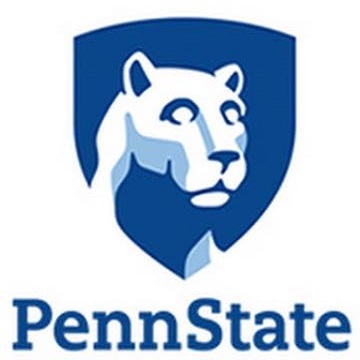
I am:
a consultant in vibration and acoustics, flow induced vibration, and noise control
a Retired Professor in the Penn State Graduate Program in Acoustics
Former Director of Penn State's Center for Acoustics and Vibration (CAV)

D.Sc. Mechanical Engineering, 1996, the George Washington University,
Thesis topic: Formulations and Methods for Robust and Efficient Optimization of Acoustic Radiated Noise Problems
M.S. Mechanical Engineering, 1987, Virginia Tech,
Thesis topic: Structural Shape Optimization of 3D Finite Element Models
B.S. Mechanical Engineering, 1986, Virginia Tech.

Fellow, Institute for Noise Control Engineering (INCE)
Fellow, American Society of Mechanical Engineering (ASME), Member and past President of ASME Noise Control and Acoustics Division
Vice President of Rules and Governance, International INCE
International Organizing Committee for the NOVEM (Noise and Vibration EMerging Methods) and FLINOVIA (FLow Induced NOise and Vibration Issues and Aspects) conference series.
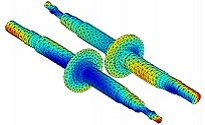

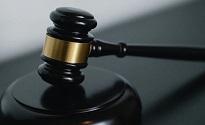
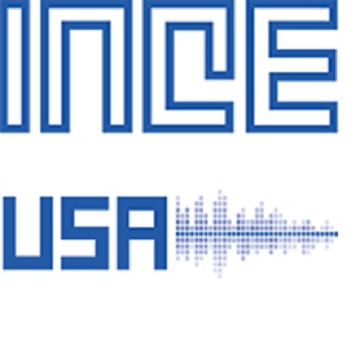
I teach the third and final online Advanced course in Noise Control for INCE-USA
Students who successfully complete the course may apply for INCE board certification without taking the Board exam.
Topics include:
- Sources of noise (machinery and turbomachinery)
- Outdoor noise and structural acoustics
- Advanced measurement and analysis (spectral analysis, modal analysis)
- Noise and vibration treatments (Mounts, enclosures, damping, mufflers, active control)
- Numerical methods (finite elements, boundary elements, statistical energy analysis)
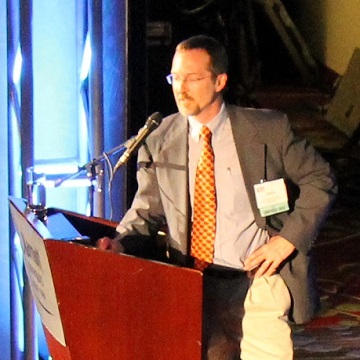
UPCOMING
I will be giving a one day short course on Fundamentals of Vibration and Sound on Sunday, 9 June 2024,
before the 2024 Noise-Con in New Orleans, Louisiana.
I will add the registration link here when it's available.
CUSTOM
I also assemble and teach customized short courses both on-site and online for US government agencies and commercial companies.
Course lengths vary from a single day to three days, and cover topics in vibration,
acoustics, noise control, flow-induced forces (turbulent flows, instabilities, tonal noise), modeling methods, and measurement methods.
I usually include customized course material for individual clients based on their target applications.
Contact me to discuss
your interests - I'll put together a proposed customized course at no obligation.
Interact with sound and vibration online!
I have developed a series of javascript-based online interactive demonstrators
of acoustics and vibration behavior for my short course participants and customers.
Use sliders and dropdown menus to change properties and watch sound fields, vibration patterns,
and responses like mobilities and radiated sound power change.
Animate pressure waves and structural modes.
You can also learn about signal processing by creating your own waveforms and generating frequency spectra using
different processing parameters.
I add new demonstrators often so check back for updates.
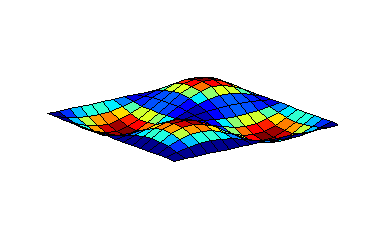
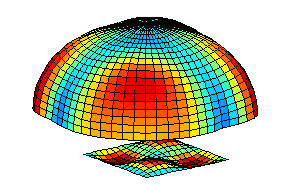
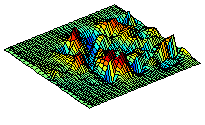
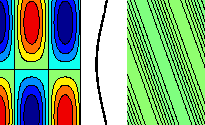
I co-edited/co-wrote this book, published as part of Wiley's Book Series on Acoustics, with Don Nefske and Sue Sung. The book includes 15 chapters ranging from the basics of structural vibration and radiated sound to numerical methods and noise control treatments. You can buy it from Wiley
My colleagues from Italy and France and I organized the first Symposium on Flow Induced Noise Issues and Aspects in Rome, Italy in November 2013. The book includes 15 papers by world-renowned experts in this field, available on Amazon. You can also buy and download individual chapters at the Springer website.
We held the second Symposium on Flow Induced Noise Issues and Aspects at Penn State in April 2017. The 2nd edition includes 22 papers, available on Amazon. You can also buy and download individual chapters at the Springer website, including my paper on panel vibration induced by transonic turbulent flow.
We held the third Symposium on Flow Induced Noise Issues and Aspects at INSA de Lyon, France in September 2019. The 3rd edition includes 18 papers, available on Amazon. You can also buy and download individual chapters at the Springer website, including my paper on plate vibration induced by low speed turbulent boundary flow.
I wrote my first tutorial on structural acoustics for Acoustics Today, at the request of founding editor Dick Stern. It covers the basics of waves in structures, modes of vibration, mobility and impedance, infinite structure theory, structural damping, and finite element analysis.
I collaborated on the second Structural Acoustics Tutorial with my Penn State colleague, Dr. John Fahnline, well known acoustic boundary element expert. We explain the basics of sound radiation, radiation efficiency and damping, sound transmission loss, and boundary element analysis.
This tutorial expands on sound transmission loss simulations.
This tutorial draws from my group's work on quieting composite sandwich panels, covering bending wavespeeds, structural modes of vibration, mobility, damping, and radiation efficiency.
I have found that students have difficulty understanding wavenumber transformations. This tutorial includes some animations and discussion to demystify this concept.
Infinite structure mobility theory is one of the most useful tools a vibro-acoustician has. You can Q/A mobility measurements, estimate high frequency vibration response, and predict the effects of structural material changes.
The internet is full of fantastic vibroacoustic resources. In this paper I provide descriptions and links to teaching websites, reports, articles, and software that any vibroacoustician would find useful.
This tutorial tries to explain the complex topic of cylindrical shells without excessive mathematics, using several measured examples to explain the concepts of
ring frequency, infinite shell theory, and helical wavenumbers of modes of vibration.
We measured the modes of vibrations of a composite sandwich panel with stiffened ends and used the modal information to also calculate energies, conductances, and radiation damping.
We compared the wavenumber content of panel vibrations and multiple surface pressure distributions from different wall-bounded jet flows, showing that strong matching of excitation and mode shape at the same wavenumbers leads to strong vibration response.
My PhD student, Dr. Jerome, measured resonance frequencies and damping loss factors for two bolted panels that were assembled and disassembled repeatedly. The results show quite a bit of variability.
Most rotorcraft transmissions use rolling element bearings, which can be quite noisy. We modeled and measured vibration transmission through a gearbox equiped with rolling element and journal bearings to investigate the differences.